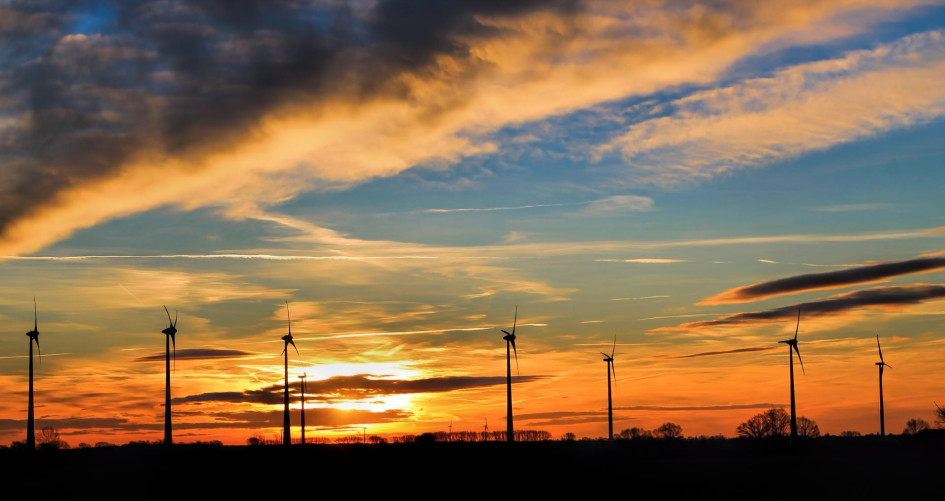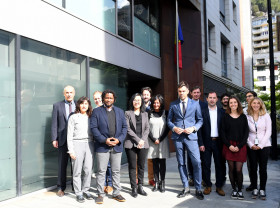UN Climate Change News, 19 July 2024 – Developed countries participating in the Kyoto Protocol’s second commitment period (2013–2020) achieved an average annual emissions reduction of 22% compared to 1990 levels, marking a significant step forward in the fight against climate change.
This achievement comes to light as the reporting and review process for the Kyoto Protocol’s second commitment period concluded successfully last month.
The conclusion of this exercise highlights a push by Parties to reverse the trend of rising emissions, a drive which started almost 35 years ago, with the European Union reducing average emissions between 2013 and 2020 by 23% compared to 1990. Notably, ten countries, including nine EU member states and the UK, achieved reductions exceeding 30% compared to 1990. Seven countries, however, saw an increase in average annual emissions.
The reductions by most developed nations under the Kyoto Protocol are an indication that countries can take the necessary steps to meet the more ambitious emission reduction targets outlined in their Nationally Determined Contributions (NDCs) under the Paris Agreement. This agreement aims to limit global warming to well below 2°C above pre‑industrial levels, ideally striving for 1.5°C.
“The completion of the Kyoto Protocol’s second commitment period paves the way for enhanced climate action by countries,” said Don Cooper, Director of the Transparency Division at UN Climate Change. “This momentum is crucial as we strive to significantly reduce the risks and impacts of climate change.”
Expert Review Teams Ensure Accurate Reporting
The review process by teams of expert reviewers is a crucial characteristic of the Kyoto Protocol, ensuring transparency, accuracy, consistency, and comparability of data on emissions, removals and overall trends. Similar processes are established under the Convention and the Paris Agreement.
The review of reports submitted by Parties under the Kyoto Protocol covers greenhouse gas (GHG) emissions from sectors including energy production, industrial processes, agriculture and waste, as well as the net emissions or removals achieved by land-use activities such as afforestation and reforestation.
The review of GHG inventories was one of the pillars of the measurement, reporting and verification system established before the Paris Agreement. Over 500 experts from 100 developing and developed countries participated in reviewing GHG inventories over the past two decades. This experience lays a solid foundation for building further systems under the Paris Agreement that guarantee a rigorous and transparent climate reporting system.
More information on the second commitment period of the Kyoto Protocol



